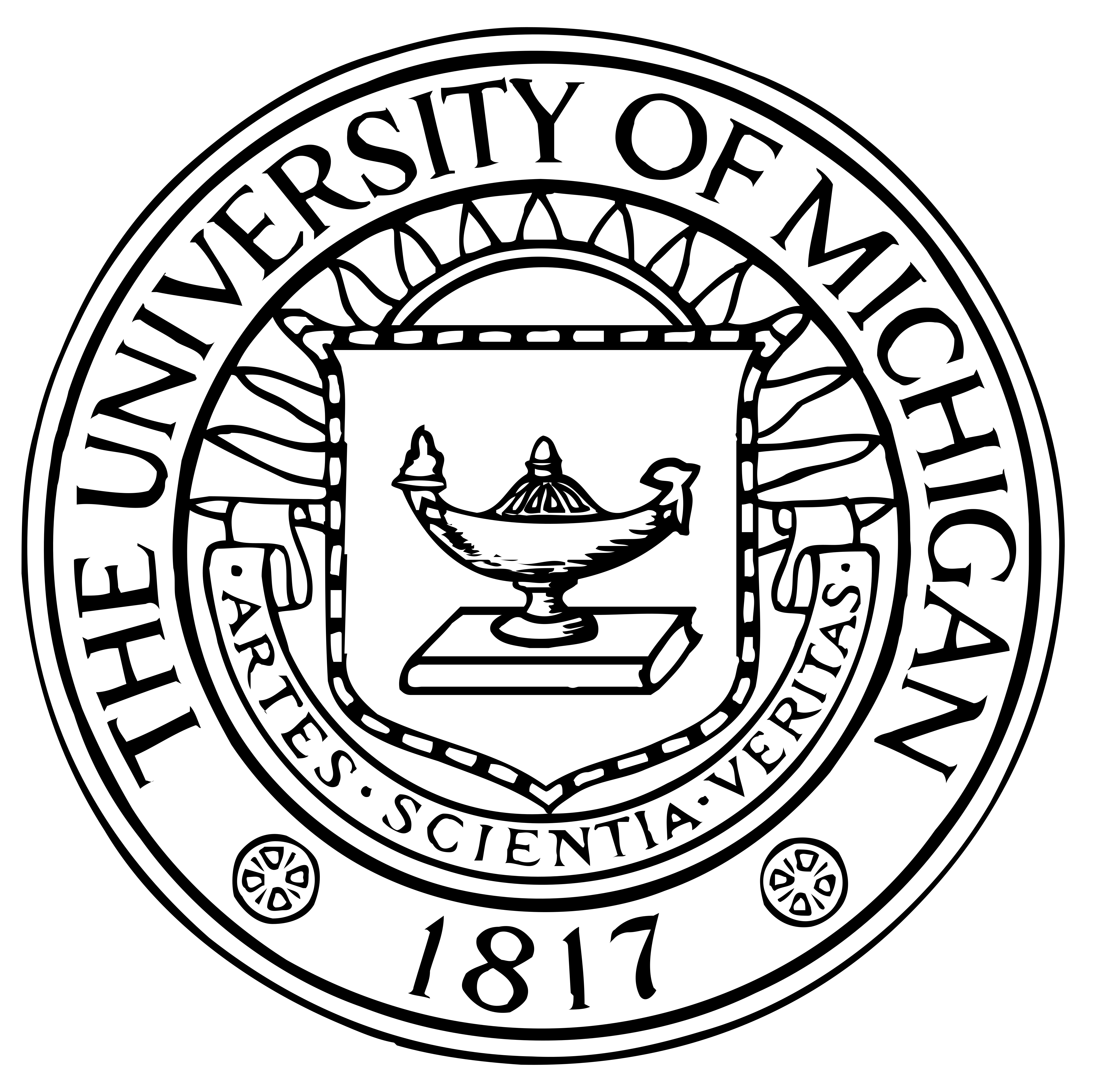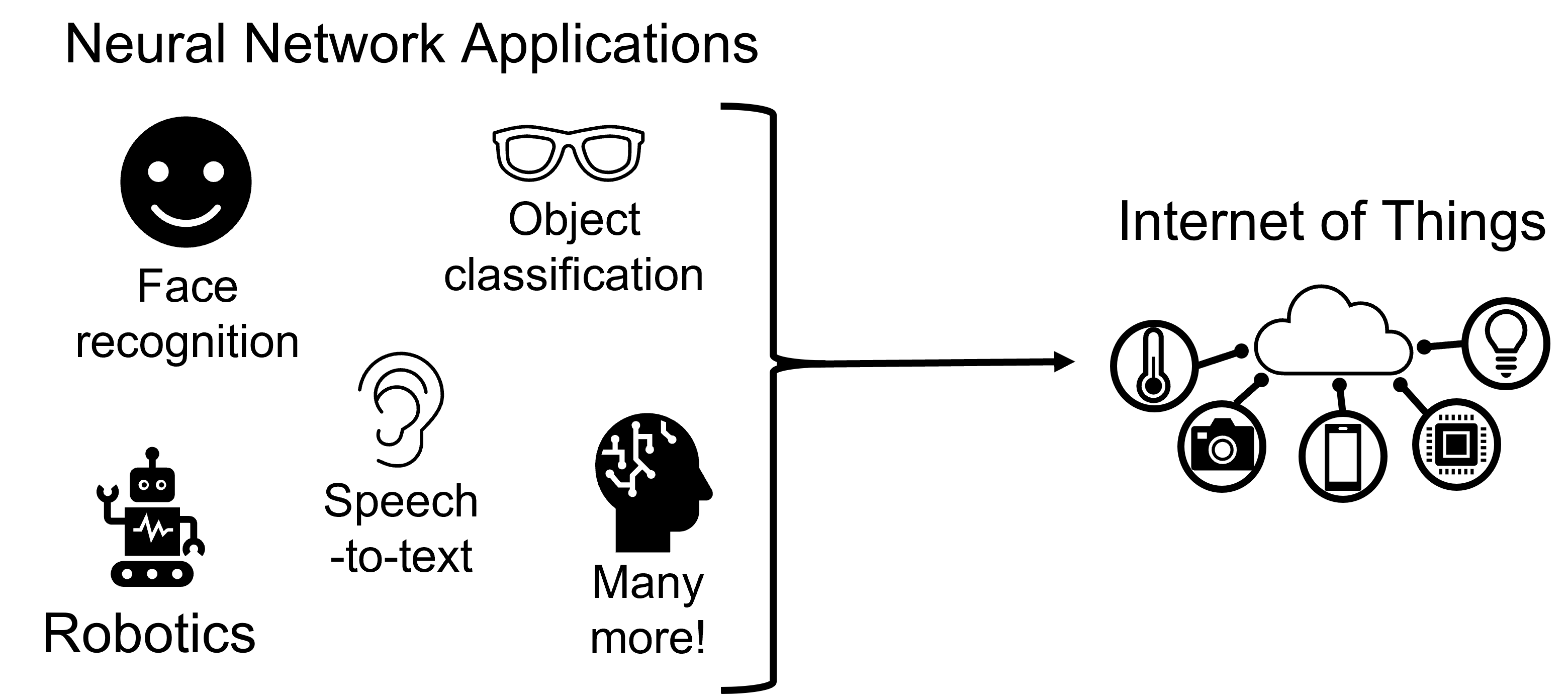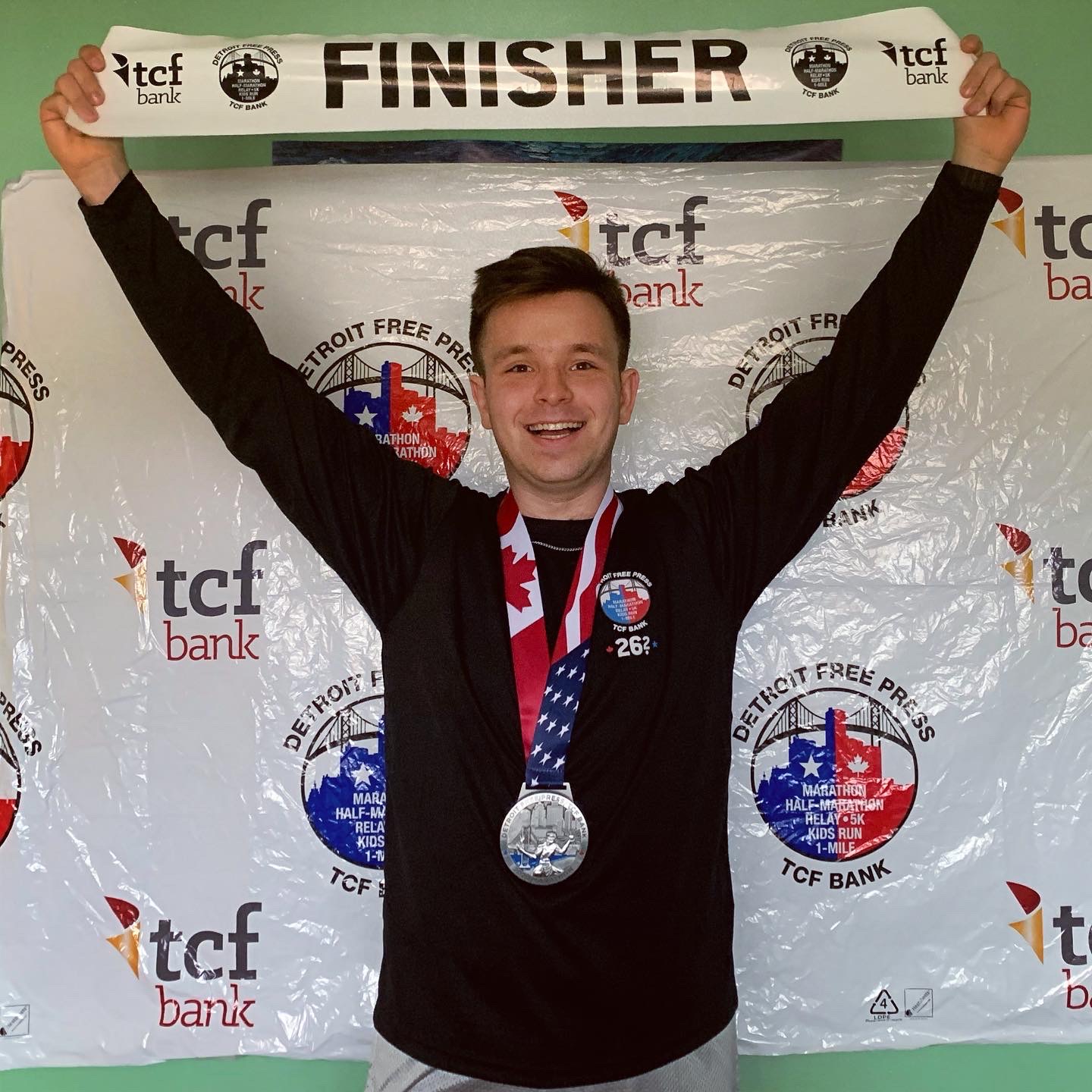About
Hi! I’m Timothy Baker, a research fellow at Michigan Medicine of the University of Michigan. My adviser is Professor Nicholas Burris, M.D. and our research focuses on applying advanced computer vision algorithms to the treatment of patients with various cardiovascular diseases. Besides research, I have a keen interest in pedagogy and running.
Education
I completed Bachelor of Science degrees in Physics and Computer Science at Rowan University (Glassboro, NJ). I graduated in 2017 and was awarded Rowan’s “Excellence in Physics Medallion” for my contribution to the Physics and Astronomy department.
Following Rowan, I attended the University of Michigan where I completed a Ph.D. in Computer Science and Engineering in 2023 under the guidance of Professor John P. Hayes. Our research was at the intersection of computer hardware design and artificial intelligence (AI).


Research
As an undergrad, I completed research physics research projects in areas including thin films, high energy particle physics, and quantum many-body physics.
My Ph.D. research focused on the challenge of deploying machine learning (ML) algorithms on small devices like cell phones and medical devices. The difficulty is that ML algorithms like neural networks require large amounts of time and energy to execute. Such constraints can be impractical for small, battery powered devices. ML accelerators are a potential solution to this problem.

ML accelerators are specialized computer hardware optimized to do one thing (e.g., neural networks) in an extremely efficient manner. They work alongside a device’s CPU by handling the computationally intensive ML workloads. The iPhone’s Neural Engine is an example of an ML accelerator. Without it, the iPhone would struggle to implement highly complex algorithms like FaceID in a manner that is quick and does not drain the battery.
For my Ph.D., I studied an accelerator design approach called stochastic computing which takes inspiration from the brain to implement neural networks more efficiently. My main research contributions include developing a comprehensive error analysis framework for stochastic computing and designing more efficient weighted summation circuits. The latter contribution is especially impactful since weighted summation is the core operation of most neural networks.
I am currently a postdoctoral research fellow applying advances in artificial intelligence (AI) to medicine. Specifically, I am developing computer vision pipelines that extract clinically relevant information from chest CT and MRI scans. These automated machine learning pipelines aid physicians by supplying faster, more detailed, and more consistent information than what is typically achievable through manual analysis of medical images.
Running
I certainly did not grow up as a runner or someone who expected to spend significant amounts of time jogging about. Through some twist of luck, however, running became a passion of mine in 2018. Several friends and events contributed to this undertaking - the most impactful of which was one fateful night when I impulsively agree to join a friend in running the 2019 Detroit marathon. Although the influence of a few drinks might’ve made us a bit overeager to take on this challenge, my friend and I stuck with the commitment and signed up the next morning. Seven 7 months later we ran our first marathon.

Tim after running the 2020 Detroit marathon.
While training for that first marathon, I fell in love with running. Once you build up a bit of cardio, running becomes a fulfilling and enjoyable activity. Most runs are low intensity which offers the ability to think about life, to jam out to music, or to listen to audiobooks/podcasts. Then there’s the high intensity runs which are challenging and offer offer a great way push your potential.
Other Interests
I also enjoy reading as well as listening to audiobooks and podcasts. I mostly engage with nonfiction works on science topics, but I also enjoy fictional works, usually at the recommendation of a friend. My other interest include pixel art, cross stitching and building legos (particularly the architectures sets).
